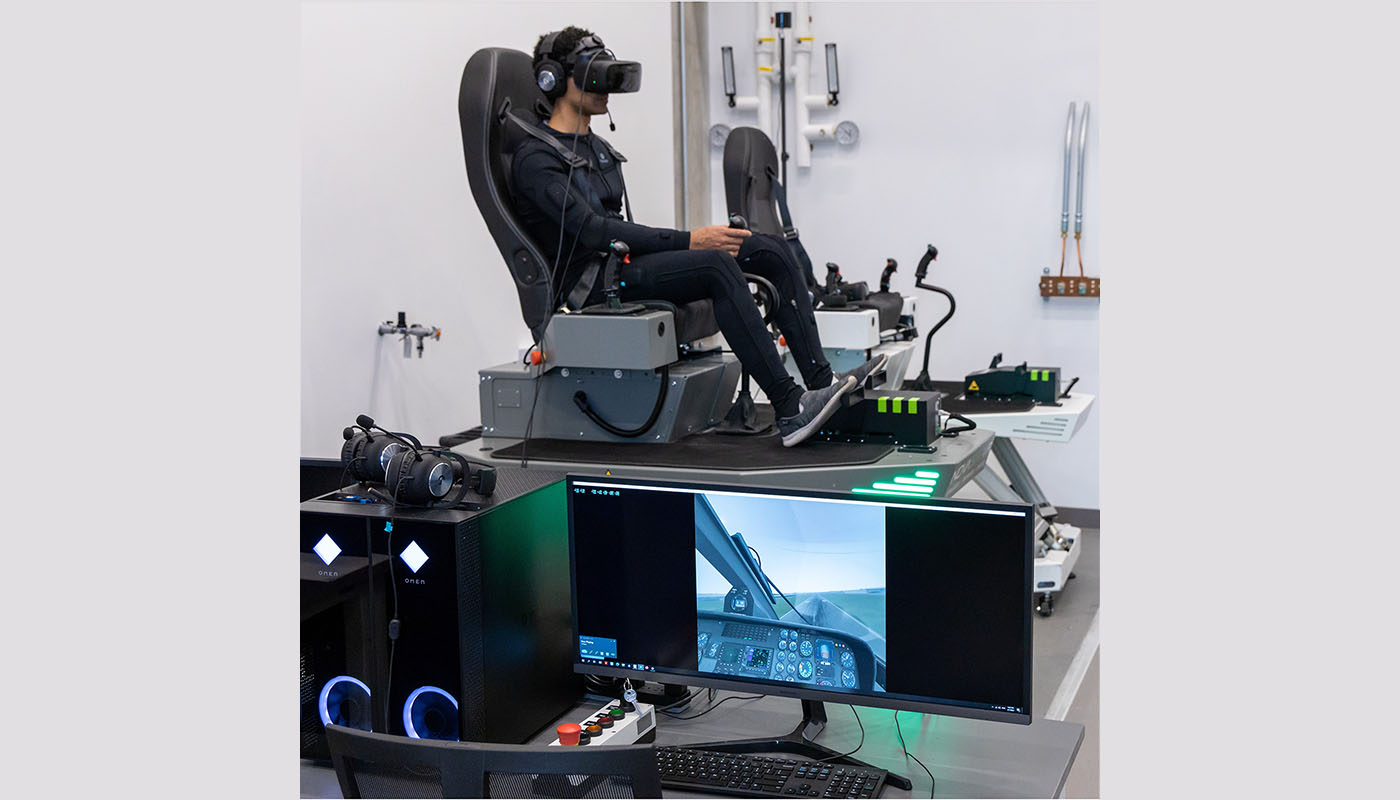EXTENDED REALITY SIMULATION AND CONTROL OF ROTORCRAFT
15 marzo 2024 — 2 minuti di lettura

PhDAER Seminar
Friday, March 15, 2024, at 14:30 - Dipartimento di Scienze e Tecnologie Aerospaziali, Politecnico di Milano, Sala Consiglio DAER, Second Floor, Campus Bovisa, Via La Masa, 34, Milano (MI)
Rotorcratf flight dynamics simulations have made significant advancements over the past decade. To provide rapid simulations of generalized maneuvering flight, flight dynamics models were once limited to relatively low-fidelity aeromechanics models. On the other hand, comprehensive aeromechanics simulations historically utilized much higher fidelity aeromechanics, such as free-vortex wake and CFD, at the cost of longer run times.
In recent years, higher fidelity aeromechanics have increasingly been integrated into flight dynamics simulations, even extending to real-time piloted simulations. Meanwhile, new aircraft configurations have become more complex, with Future Vertical Lift (FVL) and hybrid fixed- and rotary-wing Urban Air Mobility (UAM) configurations featuring multiple rotors, high levels of aerodynamic interactions, and high RPM / variable speed rotors.
These advancements necessitate the use of advanced aeromechanics models while also making real-time speeds more challenging. It is, therefore, crucial to formulate the coupled flight dynamics and high-fidelity aeromechanics models in a way that allows for linearization and/or simplification to extract less expensive simulation models that are still suitable for control design and representative of the relevant physics.
This talk discusses the development of aircraft and rotorcraft simulations with coupled flight dynamics, state-variable aeromechanics, and aeroacoustics, integrating them into real-time piloted simulations utilizing virtual and augmented reality (VR/AR). Extended reality (XR) is achieved through multi-modal cueing, including full-body haptics and spatial audio, enhancing simulation immersion and augmenting the pilot's perception. The broader implications and future applications of this approach are presented in the context of human-machine interaction.
Speaker:
Dr. Umberto Saetti is an Assistant Professor in the Department of Aerospace Engineering at University of Maryland, where he leads the Extended Reality Flight Simulation and Control Lan. Dr. Saetti's research focuses on modeling, simulation, order reduction, and control of the coupled flight dynamics, aeromechanics, and aeroacoustics of vertical lift vehicles.
These models are used for studies involving immersive simulations that make use of Extended Reality (XR), human-machine interaction, synthesis of advanced flight control laws, and development of multimodal pilot cueing methods.
Prior to his current position, Dr. Saetti served as an Assistant Professor at Auburn University and held a Postdoctoral Fellowship at the Daniel Guggenheim School of Aerospace Engineering at Georgia Tech. He also worked as a Visiting Scholar at the U.S. Army Aviation Development Directorate at NASA Ames.
Dr. Saetti's educational background includes a Ph.D. in Aerospace Engineering with a minor in Computational Science, an M.Sc. in Aerospace Engineering, and an M.Sc. in Electrical Engineering, all from Pennsylvania State University. He received his B.Sc. in Aerospace Engineering from Politecnico di Milano in Italy.
In recognition of his research contributions, Dr. Saetti was honored with the 2024 Defense University Research Initiative Program (DURIP) award, the 2022 Office of Naval Research (ONR) Young Investigator Program (YIP) award, and was a recipient of the 2019 Vertical Flight Foundation (VFF) Barnes McCormick Memorial Scholarship.
11.03.2024